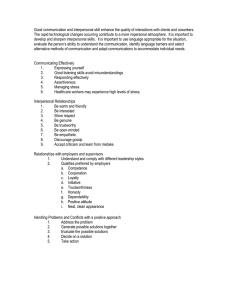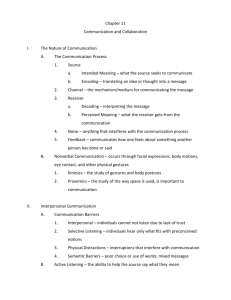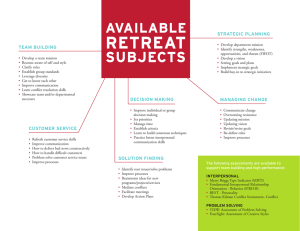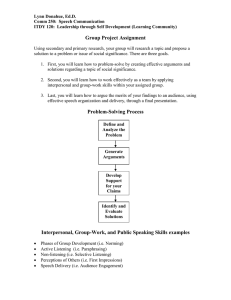The Experiential Learning Model
advertisement
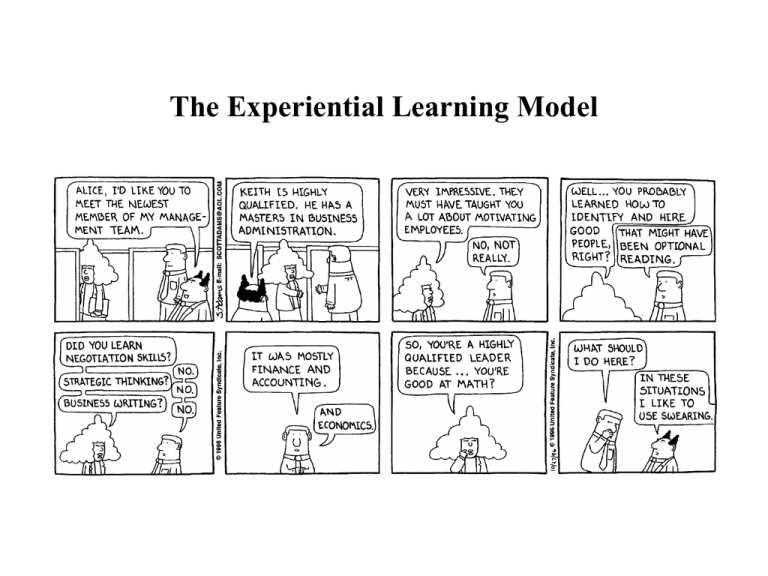
The Experiential Learning Model Agenda • • • • Introductions Learn about management skills Structure of the course Expectations Introductions • • • • Name Year Major Something memorable about you Learning Objectives • Understand the Nature of Management. • Explain Why Skills Are Critical to Management Success. • Describe What Skills Are Critical to Management Success. • Identify How This Course Will Help You Develop Your Skills. The most important skill… • What is the ONE most important skill for a manager to have? Explain. • Write a ½-1 page essay describing and defending your choice. • These will not be graded, but they will be handed in. Group activity • “The Good, the bad and the ugly” Management Skills What are the characteristics of a good manager? What are the characteristics of a bad manager? The Importance of Management Skills • Produce Improvements in Managerial Performance • Cope with Real Challenges in Organizations General Skills • • • • Conceptual Skills Interpersonal Skills Technical Skills Political Skills Different levels–Different skills Lower Level Management Technical Skills Interpersonal Skills Conceptual Skills Upper-level management Most important skills • • • • • • • • • • • Adaptability to change Problem identification Listening skills Written communication Leadership Informal Oral communication Analytical thinking/problem solving Time management Coping with stress/job pressures Interpersonal relations Formal oral presentations Most important skills Adaptability to change Problem identification Listening skills Written communication Leadership Informal Oral communication Analytical thinking/problem solving Time management Coping with stress/job pressures Interpersonal relations Formal oral presentations 8 6 1 2 4 3 5 7 11 9 10 9 6 1 4 2 3 5 10 7 8 11 • But… it’s just common sense, isn’t it? • Is “common sense” common practice? How? The Learning of Skills • How Can Interpersonal Skills Be Taught? – Provide Conceptual and Behavioral Understanding – Give Practice – Provide Feedback – Continual Use TIMS LEARNING MODEL 1. Self-assessment 2. Learn Skill Concepts 3. Check Concept Learning: Quiz 4. Identify Behaviors That Make Up Skill: Checklist 5. Modeling the Skill in a Demonstration Exercise 6. Practice the Skill in Group Exercises 7. Assess Skill Competency Level in Summary Checklist 8. Questions to Assist in the Application of the Skill 9. Exercises to Reinforce the Application of the Skill 10. Action Planning for Continued Skill Development Some Guidelines for Effective Skill Performance • Be Positive and Create Win/Win Outcomes – – – – Know Where You Stand Listening Using Questions Being Affirmative – Being Honest and Up-front – Being Assertive


